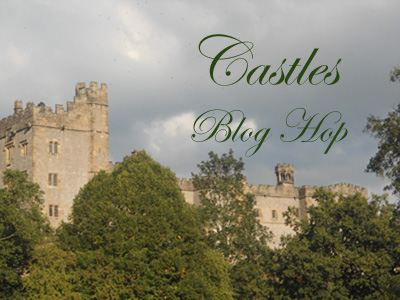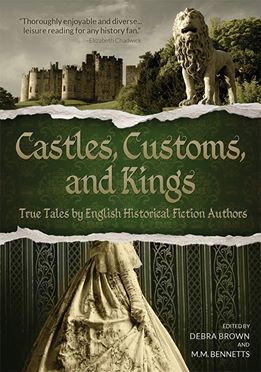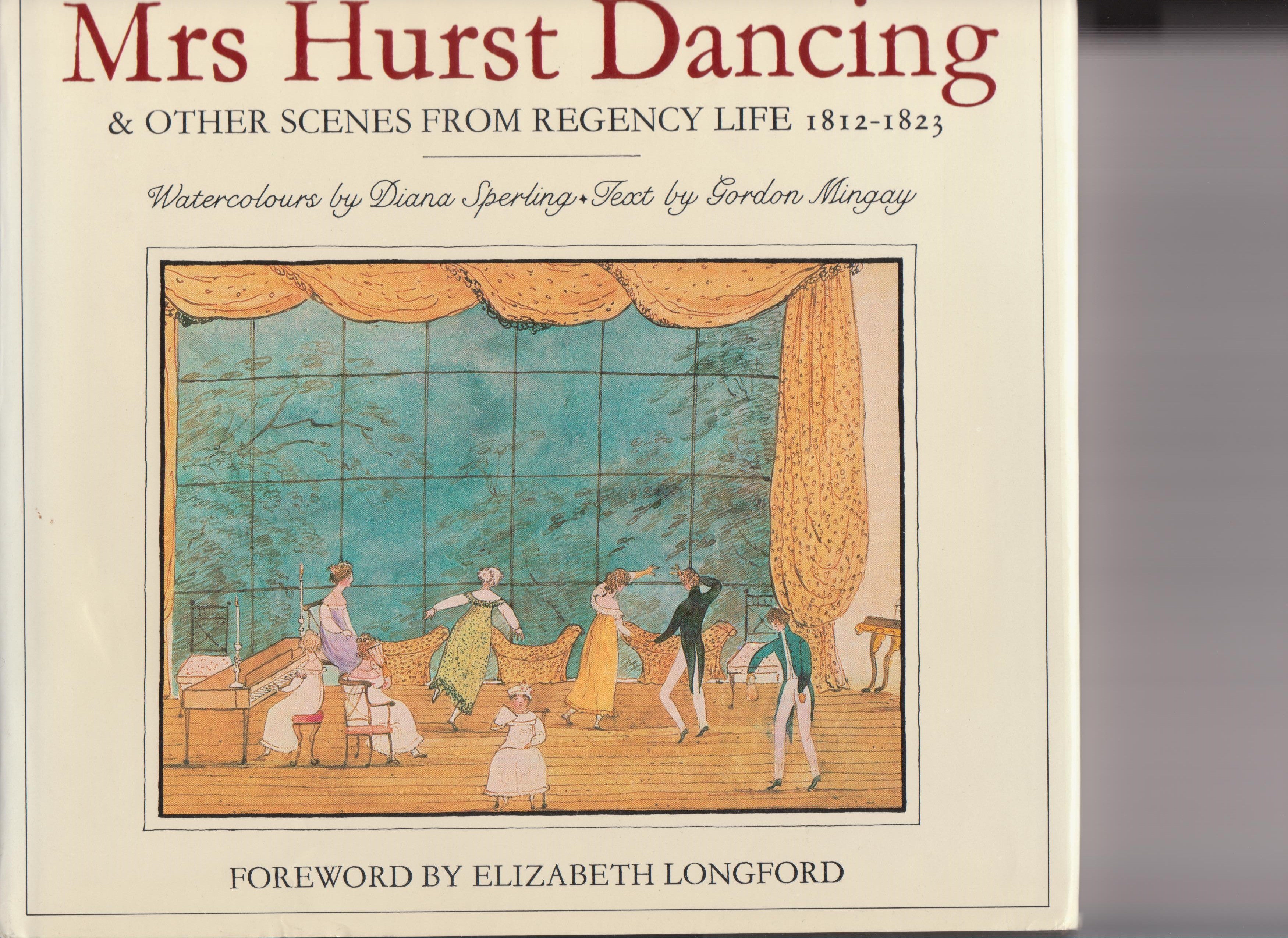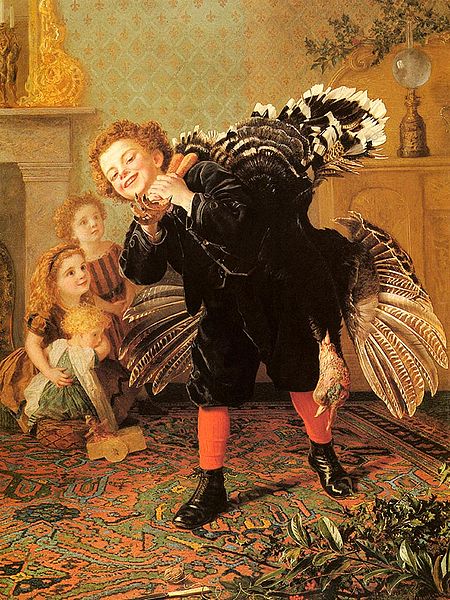First, Let me say that I am proud to be a tourist. I love to visit new places, and I’m always taking pictures where ever allowed. A huge dream-come-true for me was my first trip to England. Another was when my mother accompanied us on a later trip. She and I had talked for years about visiting England together, and it was so wonderful when my husband suggested that we take her with us when we made another trip.
My mother and I had the opportunity to visit Hampton Court Palace on a lovely day.
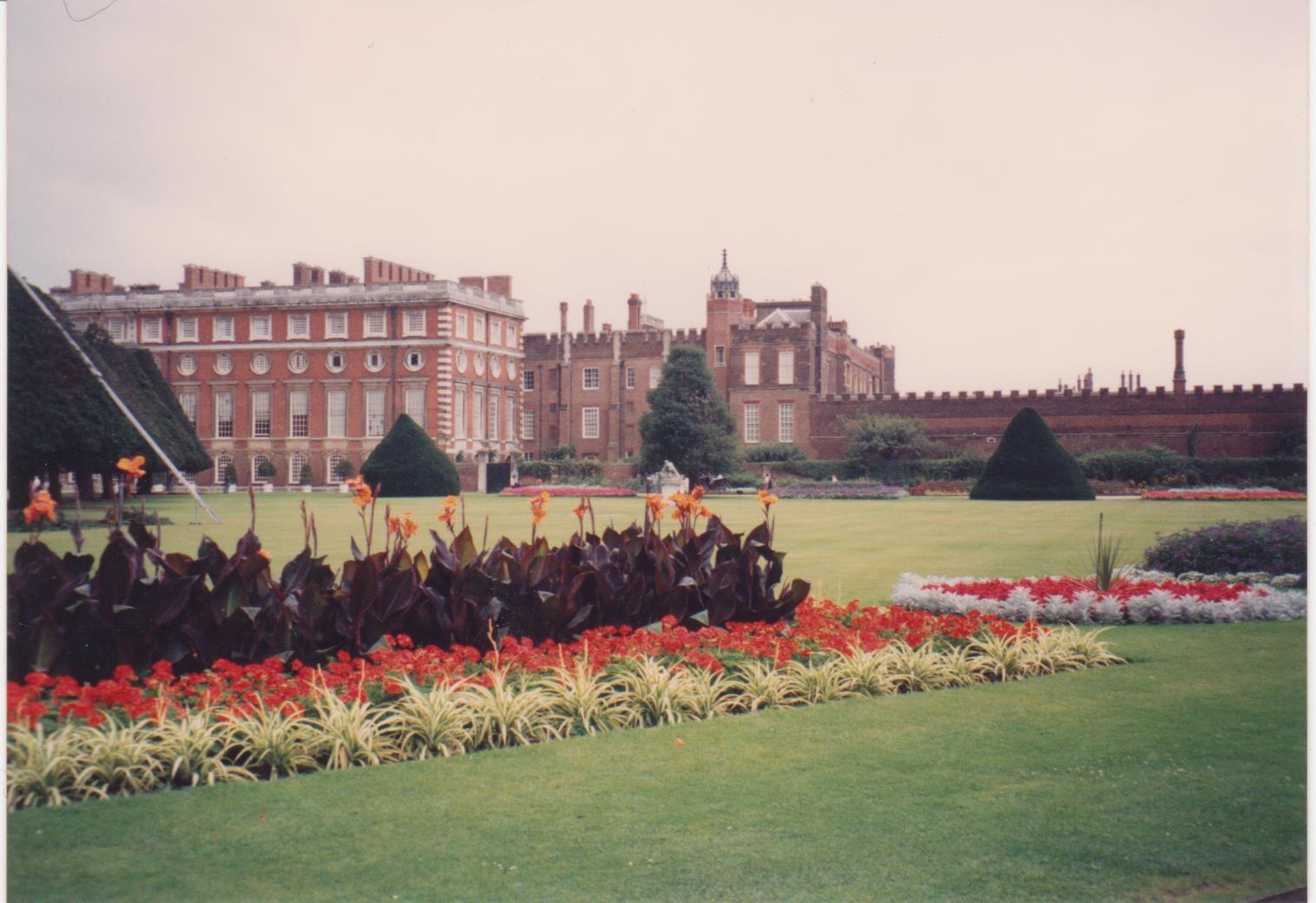
taken by me
We went all over the palace, and thoroughly enjoyed it all, looking for the initials of Henry VIII and Anne Boleyn that were overlooked when he redecorated after her death, walking in the beautiful gardens, the William and Mary rooms, and all. It was a delightful day, a memory that I cherish.
However, Hampton Court is so much more than a wonderful place to visit. Its history is fascinating. In the 13th century, there was a manor house at Hampton, which was acquired by the Knights Hospitallers of St. John Jerusalem. They used the site to store produce, basically as a barn. As time went on, it was noticed that this was a convenient location between the royal palaces at Sheen and Byfleet, so new construction was done to improve accommodations for royal guests in transit. The property was leased out to tenants of increasing importance. Henry VII’s Lord Chamberlain Giles Dubeney leased the property in 1494 (before becoming Lord Chamberlain) because of the site’s convenience to London. As he rose in prominence at court, he began receiving visits from members of the royal court who required suitable accommodation. After his death in 1508, the next tenant was Thomas Wolsey who acquired the lease in 1514.
During Wolsey’s tenure at Hampton Court, the estate was transformed out of all recognition. In a five-year period, he expanded a private home into a grand palace. He lavished money on the place, establishing luxurious rooms for himself, and magnificent accommodations for Henry VIII, Katherine of Aragon and Princess Mary. The palace was laid out in a design of two eight pointed stars side by side, from an Italian Renaissance design. Fabrics, plate, everything was ostentatiously of the best, to the point it caused talk that Wolsey’s palace was grander than the king’s court. In 1528, Wolsey gave the palace to Henry VIII, in a bid to save himself after he fell from grace for failing to procure Henry’s divorce from Katherine of Aragon. (Wolsey’s coat of arms can still be seen at Hampton Court.)
Henry VIII also devoted time, attention and money to Hampton Court Palace. His building program expanded Hampton Court into a modern and lavish royal palace, complete with the Great House of Easement (a multiple lavatory which could seat 28 people)with piped-in water that flowed through lead pipes, and a huge kitchen. Henry’s fondness for outdoor pursuits resulted in pleasure gardens, a hunting park kept filled with game, bowling alleys and tennis courts. An eight-acre tiltyard had five towers for spectators to watch jousting. Henry provided for accommodations for his children and for courtiers, servants and guests. A beautiful chapel was constructed as well. (I think this is my favorite part of Hampton Court.)

After Henry’s death, his surviving children used Hampton Court. However, it was in such good and modern condition, little additional work was done. Mary Tudor spent time at Hampton Court with her husband, Philip of Spain. Elizabeth I used it as a place to welcome and impress foreign diplomats and delegations. Under the early Stuarts, it was used for relaxation and as a party palace. Cromwell also enjoyed it. Under William and Mary, however, major changes were completed.
William III thought the palace should be razed and a new one built. He and Mary hired Christopher Wren to do the work. Wren’s original plan demolished all but the Great Hall. Unfortunately for his plans, time and money did not allow for such a drastic scheme. Ultimately, a remodel was the result. Construction stopped in 1694 when Queen Mary died, and did not resume until 1697. William III increased the pressure to finish, and brought in Wren’s assistant William Talman to get it done. Hampton Court Palace evolved from the modern Tudor palace that was Henry VIII’s pride to an elegant baroque structure with moldings and fireplaces carved by Grinling Gibbons. Amazingly, it also came in under budget! William III also commissioned the yew tree maze sometime around 1690-1700, which has been and is still a draw for visitors.
After William III’s death, Queen Anne used it for hunting and as a country home, but preferred Windsor Castle and the palace at Kensington. After her death, the Hanoverians took over. George I spoke no English and spent most of his time back in Hanover. His wife, the queen, never came to England. His son and daughter-in-law, the Prince and Princess of Wales (later George II and Queen Caroline) took great interest in Hampton Court and the Queen’s Apartments were finally completed-a painted ceiling, magnificent furnishings and an elegant state bed resulted in a magnificent suite of rooms. Unfortunately, as the result of multiple issues, the King banned the Prince of Wales from the royal palaces in 1717. George I held court and Hampton Court Palace for a brief period, and did finally reconcile with his son. However, St. James Palace became the chief official residence of the king, and Hampton Court was seldom used between 1719 and the death of George I in 1727.
George II and Queen Caroline returned to Hampton Court, and George II constructed rooms for his son the Duke of Cumberland. However, this was the last time Hampton Court was used by the royal family as a home. George III chose not to live there. Subsequently, other than the royal suites, the palace was divided into individual units used as “grace and favor” residences by persons granted rent-free homes there after giving great service to king or country. Former residents include the Duke of Wellington’s mother Lady Mornington and his sister. Hampton Court Palace was listed in Regency era guide books as a popular excursion destination, with the park, gardens, maze and State Apartments available for viewing. (In 1803, it cost 1 shilling to view the State Apartments.) Queen Victoria threw Hampton Court open to the public, and during her reign interest in the surviving Tudor parts of the palace rose. Money was spent on restoring and conserving the palace.
In the 20th century, tourism at the palace was a primary focus which resulted in various activities and exhibitions and improvements. A fire in March 1986 damaged the Kings Apartments. The repairs resulted in a recreation of William III’s King’s Apartments, with various items that had been removed being returned including art, tapestries and furnishings. Other areas were refreshed and restored. While there are still some ‘grace and favor’ residences at Hampton Court, more of the palace is now available for viewing. The Royal School of Needlework is also located at Hampton Court Palace, which is well worth a visit all on its own. The Queen still retains certain privileges, and it has been used for state occasions, such as the state dinner given by visiting Queen Beatrix of the Netherlands for Queen Elizabeth II and the Queen Mother in 1982.
Sources include:
Historic Royal Palaces website: Http://www.hrp.org.uk
Edgar, Donald. THE ROYAL PARKS. London: W. H. Allen & Co., 1986
Feltham, John. THE PICTURE OF LONDON FOR, FOR 1803: Being A Correct Guide to All the Curiosities, Amesements, Exhibitions, Public Establishments, And Remarkable Objects, In And Near London. Originally published London: R Phillips (Preface is dated August, 1802). Reprinted by Nabu Public Domain.
Phillips, Charles. THE ILLUSTRATED ENCYCLOPEDIA OF ROYAL BRITAIN. New York: Metro Books, 2010, 2011.
Picture of the Royal Chapel is from Wikimedia Commons http://upload.wikimedia.org/wikipedia/commons/thumb/b/b6/Hampton_Court_Palace%2C_Chapel%2C_by_Charles_Wild%2C_1819_-_royal_coll_922125_313698_ORI_2.jpg/381px-Hampton_Court_Palace%2C_Chapel%2C_by_Charles_Wild%2C_1819_-_royal_coll_922125_313698_ORI_2.jpg
The Castles Blog Hop is a celebration of the release of CASTLES, CUSTOMS AND KINGS True Tales by English Historical Fiction Authors. The official release day is 9/23/13, but it is available for purchase from Amazon.com (http://www.amazon.com/Castles-Customs-Kings-English-Historical/dp/0983671966/ref=sr_1_1?s=books&ie=UTF8&qid=1379798386&sr=1-1&keywords=castles+customs+and+kings) and other sites. Please don’t miss out!
GIVEAWAY! GIVEAWAY!
In honor of the release of our book, I am including a giveaway. I have a copy of CASTLES OF BRITAIN AND IRELAND by Rodney Castleden (with a surprise or two!) for one winner in the US or Canada. This is a beautiful book, filled with wonderful pictures and fascinating details. This giveaway is open from 9/23/13 until 10/1/13. Please leave a comment for a chance to win! Don’t forget to leave your contact information. Good luck!
Visit these other fine blogs which are also in the Castles Blog Hop. Who knows what treasures await?
Gillian Bagwell – http://nellgwynn.blogspot.com/
Maria Grace – http://RandomBitsofFascination.com
Susanna Calkins – Winchester Palace – http://www.susannacalkins.com
Helena Schrader – http://schradershistoricalfiction.blogspot.com/
Grace Elliot – Carisbrooke Castle – http://graceelliot-author.blogspot.com
Linda Root – http://lindaroot.blogspot.com
Katherine Pym – http://novelsbykatherinepym.blogspot.com/
Katherine Ashe – Kenilworth Castle – http://wwwlongview.blogspot.com/
Deborah Swift – Sizergh Castle – Www.deborahswift.blogspot.com
Teresa Bohannon – Cardiff and Caerphilly Ancient Welsh Castles
http://myladyweb.blogspot.com/2013/09/castles-and-customs-and-kings-blog-hop.html
Scott Higginbotham – Rhodes Castle – http://scotthigginbotham.blogspot.com/
Maggi Andersen – http://www.maggiandersen.blogspot.com
J.A. Beard – Porchester Castle – http://riftwatcher.blogspot.com
Prue Batten – www.pruebatten.wordpress.com
Sandra Byrd – Hever Castle – www.sandrabyrd.com/blog/
Elizabeth Ashworth – Hornby or Pontefract – http://elizabethashworth.com/
Debra Brown – Castello di Amorosa – http://authordebrabrown.blogspot.com/
Nancy Bilyeau – Stafford Castle – Http://nancybilyeau.blogspot.com
Peter St. John – Evacuation http://jennospot.blogspot.fr/

